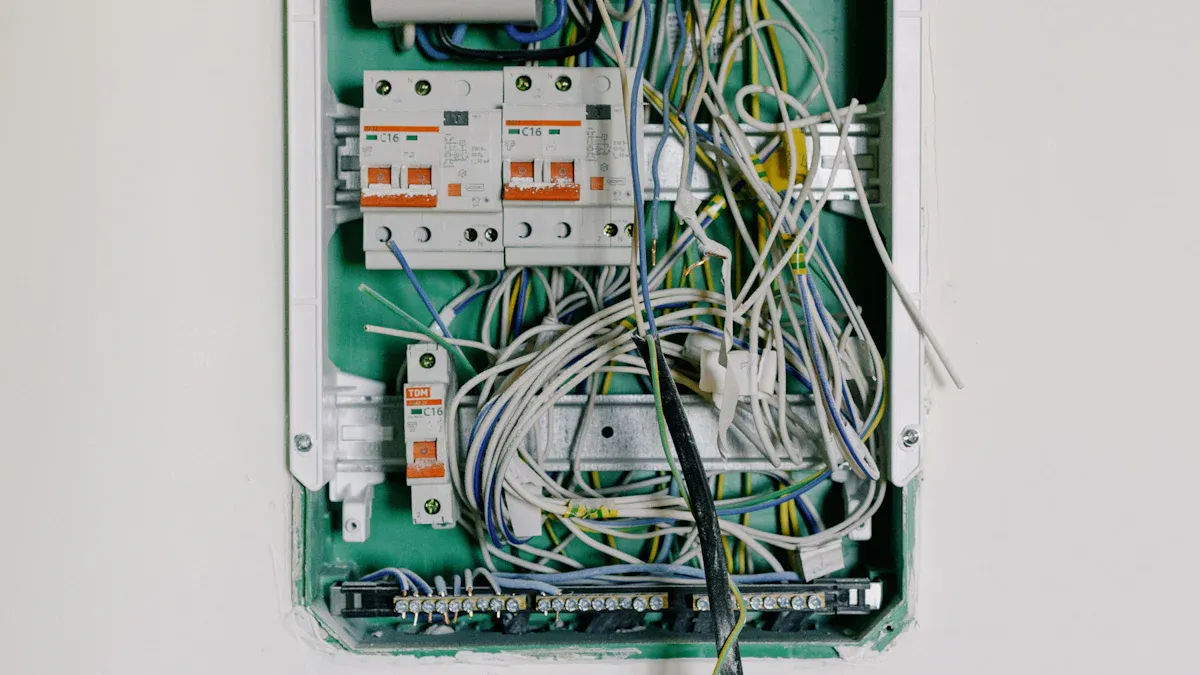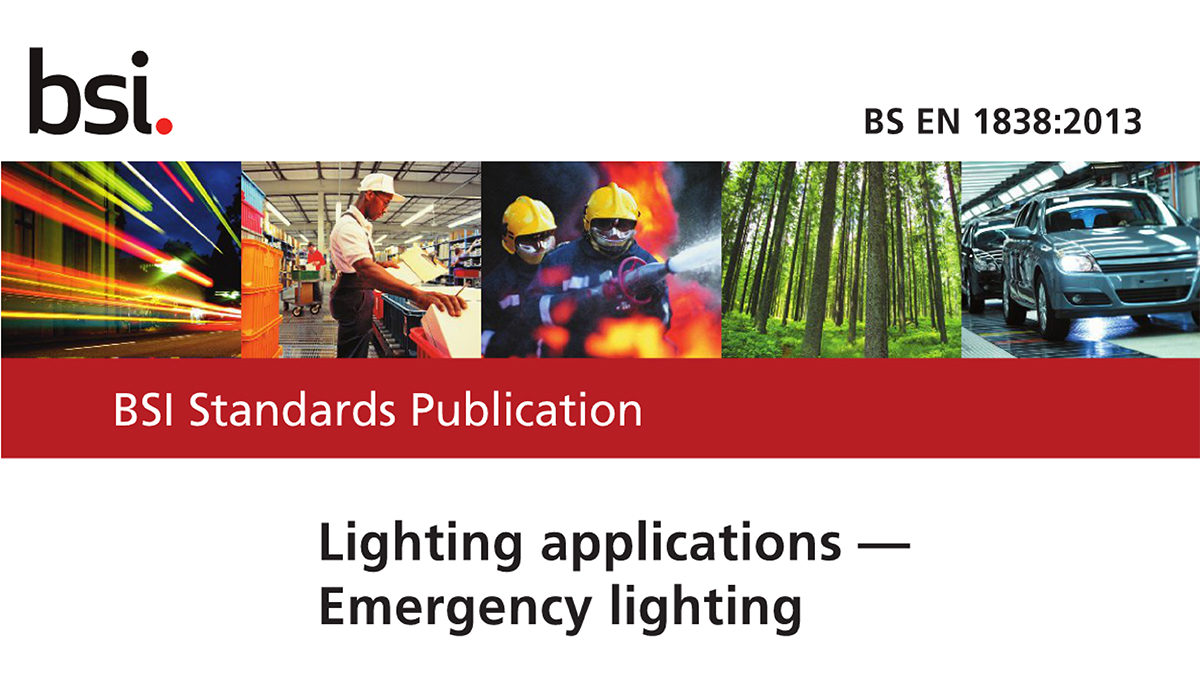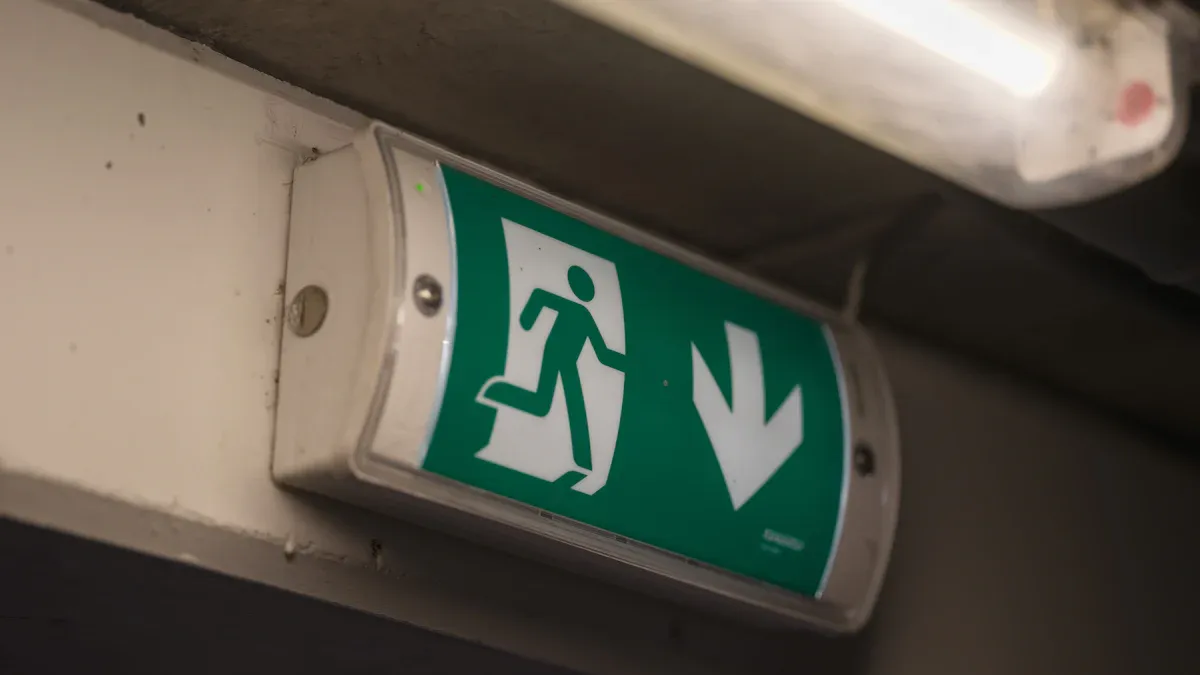Latest News
How to wire led emergency lights
Release time:2025-05-12 09:55

Correctly setting up wire led emergency lights is important for safety. These lights help people see when power goes out and guide everyone to safety. Following safety rules is also very important. Groups like the National Fire Protection Association (NFPA) and International Building Code (IBC) require proper setup to save lives. In Europe, the Confederation of Fire Protection Association Europe (CFPAE) states that floors need at least 1 lux of light to see well. You should follow simple steps to set up wire led emergency lights, link parts, and check they work properly.
Emergency lights key takeaways:
- Emergency lights are important for safety when power goes out. They show people the way to exits and reduce panic.
- Always use the right tools, like wire cutters, and approved wires. This makes sure the setup is safe.
- Follow a simple wiring plan to connect live, neutral, and earth wires. This avoids errors and keeps the lights working.
- Test emergency light often to check they work in power cuts. Do monthly checks and a full test once a year.
- Follow safety rules like BS 5266-1:2016 to keep your lights reliable and meet standards.
Tools and materials for wiring emergency lights:

Important tools for setup
To set up emergency lights, you need proper tools. A screwdriver set is needed to fix connections and attach the light. Wire strippers let you safely remove wire coverings. A voltage tester checks if power is off, keeping you safe. You also need a drill to make holes and a tape measure for accurate placement.
Materials needed for wiring
Good materials are key for reliable emergency lighting. Use strong electrical wires to connect the light to power. Wire connectors are used to secure these connections. Emergency lights include parts like batteries, chargers, and control systems. These parts ensure lights work during power cuts. Certified systems, like those meeting BS EN 50171, work for three hours and follow fire safety rules.
Feature | Details |
Compliance | Certified to BS EN 50171 for safety |
Components | Includes batteries, charger, and control system |
Performance | Works for three hours with fast response |
Testing | Meets IEC 62034 for automatic checks |
Extra tools for fixing problems
Fixing tools can help if something goes wrong. A multimeter checks voltage, current, and resistance in wires. A circuit tracer finds wire paths and spots issues. Thermal cameras show hot parts that might be faulty. These tools keep your emergency lights working and safe.
Tip: Always use separate circuits for emergency lighting. This ensures they work during power cuts, as required by the National Electric Code (NEC).
Preparing to wire emergency lights
Checking the location and power source
Before setting up emergency lights, check the building's layout. Find areas needing lights, like exits and stairways. These spots are vital for guiding people in emergencies. Look at the current wiring and power sources to see if they can handle the lights. This step helps decide how many lights and what type to use.Determine the quantity and type of fixtures (e.g., maintained/non-maintained) based on the survey results.
To make things easier:
- Spot busy areas needing emergency lighting.
- Check if the electrical system is suitable.
- Collect tools and materials for the job.
- Ensure you follow local safety and electrical rules.
- Good planning makes the setup safe and smooth.
Learning the wiring diagram
A wiring diagram shows how to connect emergency lights properly. It gives a clear picture of where wires go. Study it to know where live, neutral, and earth wires should be. This helps avoid mistakes during setup.
If the diagram has extra parts like battery backups or control units, focus on their connections. Following the diagram ensures the lights work well during power cuts.
Tip: Keep the wiring diagram close by while working. It helps fix problems later if needed.
Switching off the power supply
Safety is key when working with electricity. Before starting, turn off the power in the area where you'll install the lights. Use a voltage tester to check no electricity is flowing.
This step keeps you safe from shocks and creates a secure workspace. Once the power is off, you can connect wires and put up the lights.
Safety Notice: Always verify power disconnection repeatedly before handling any electrical conductors.
Step-by-Step guide to wire emergency lights
Connecting the emergency light to the power source
First, link the emergency light to a steady power source. Make sure the power matches the light's voltage, usually 12V. Use the right wire size, like 16-18 AWG, to carry the current safely. Add a fuse between the power and light to stop overloads.
Keep wires away from places with fire or water risks. Use fireproof barriers where many cables meet, as per Clause 7 of BS 8519. Fix wires neatly along walls or ceilings, avoiding sharp edges or heat. Good wire placement keeps things safe and makes repairs easier later.
Tip: Follow local rules like BS 8519 to stay safe and meet standards.
Wiring live, neutral, and earth wires
Connecting live, neutral, and earth wires properly is very important. Find the wires: live is brown, neutral is blue, and earth is green and yellow. Check the wiring diagram to confirm where each wire goes.
Attach the live wire to "L", neutral to "N", and earth to the ground point. Tighten screws well to stop loose wires, which can cause problems. Use connectors or blocks to join wires and cover bare ends with tape.
Standard/Code | Description |
National Electrical Code (NEC) | Gives rules for wiring and setting up emergency lights. |
NFPA 101: Life Safety Code | Lists rules for safe lighting, like brightness and tests. |
OSHA Regulations | Requires reliable emergency lighting in workplaces during outages. |
Securing connections and mounting the light
After wiring, secure all connections to stop them coming loose. Arrange wires neatly and tie them together with cable ties. Label wires so they are easy to find later.
Then, fix the emergency light to the chosen spot. Drill holes if needed and use screws or brackets to hold it firmly. Place the light to brighten key areas like exits and stairs. Check it is stable and won’t fall during emergencies.
Turn the power back on and test the light. Make sure it switches to battery mode during power cuts and gives enough light. Check all connections and the mounting to confirm the system is ready.
Reminder: Always test the light after setting it up to ensure it works and meets safety rules.
Testing the emergency light for functionality
Read more about emergency light testing:https://tinyurl.com/4k25ee4y
Emtrons emergency lights: easy for beginners
Simple to Use
Setting up emergency lights may seem hard, but Emtrons makes it easy. These lights are built with simple features, perfect for beginners. You don’t need to be an expert in electricity to install them. Their easy design helps you set them up quickly.
Why are Emtrons emergency lights so simple?
- Clear Instructions: Each light comes with a manual. It explains steps in simple words, so you won’t get confused.
- Plug-and-Play Design: Many models need little wiring. You can connect them to power easily.
- Pre-Tested Systems: Every light is tested before being sold. This ensures it works well when you get it.
Tip: Keep the manual close while setting up. It’s your best helper for a smooth process.
With Emtrons, you’ll feel confident setting up your lights. Even if it’s your first time, the process will be easy and satisfying.
24-Hour Emergency Light
In emergencies, you need lights you can trust. Emtrons offers 24-hour emergency lights that work reliably all day and night. These lights are made to handle tough situations and keep you safe.
Main features of Emtrons 24-hour emergency lights:
Feature | Benefit |
Long-lasting Battery | Keeps lights on for long periods, even during long power cuts. |
Durable Build | Strong design ensures they work well in tough conditions. |
Energy Efficiency | Uses less power, saving energy and being eco-friendly. |
hese lights brighten important areas like exits, stairs, and hallways. They follow British safety rules, giving you peace of mind.
Note: Test your 24-hour emergency lights often to ensure they work. This small step can make a big difference in emergencies.
With Emtrons, you’re not just buying lights; you’re choosing safety and trust. These lights are great for homes, offices, and public spaces.
DALI2.0 Intelligent led emergency lights
If you want advanced features, Emtrons has DALI2.0 Intelligent Emergency Lights. These modern systems mix smart technology with ease of use, perfect for today’s buildings.
What makes DALI2.0 lights unique?
- Smart Monitoring: The system checks the lights automatically. It warns you about problems so you can fix them quickly.
- Customisable Settings: You can change brightness and modes to fit your needs.
- Seamless Integration: DALI2.0 works with current building systems. This makes it easy to use without extra effort.
- With battery backup led emergency lights
Did you know?
DALI means Digital Addressable Lighting Interface. It’s a global standard for smart lighting control, ensuring it works well and saves energy.
These smart lights are ideal for big places like hospitals, schools, and malls. They improve safety and reduce maintenance work. With Emtrons, you get advanced technology from a trusted British brand.
By choosing Emtrons, you’re picking quality, innovation, and simplicity. Whether you’re new or experienced, these emergency lights meet your needs easily.
Wiring and looking after emergency lights is key for safety. These steps make sure the lights work well during power cuts. By following the given instructions, you can meet safety rules and keep people safe.
If you're unsure about any step, ask an expert electrician. They can help you follow the rules and avoid dangers. Keep in mind, working emergency lights are not just required by law—they help save lives.
Tip: Always focus on safety and check your work carefully.
Emergency lights FAQ
What is the purpose of emergency lights?
Emergency lights help during power cuts by lighting key areas. They show safe paths, like exits and stairs, to reduce panic. These lights are vital for keeping people calm and safe in emergencies.
Can you install emergency lights yourself?
Yes, you can set up emergency lights by following the wiring guide. Stick to safety rules to avoid mistakes. If unsure or inexperienced, ask an electrician to help with proper installation.
What type of battery do emergency lights use?
Emergency lights use rechargeable batteries like nickel-cadmium (NiCd) or lithium-ion. These batteries power the lights during outages. Always check the maker’s guide to pick the right battery type.
Why are Emtrons emergency lights a good choice?
Emtrons emergency lights are simple to set up and maintain. They are strong, have long-lasting batteries, and offer smart features like DALI2.0 systems. As a trusted British brand, Emtrons ensures safety and high quality.
More News
2025.11.01

















